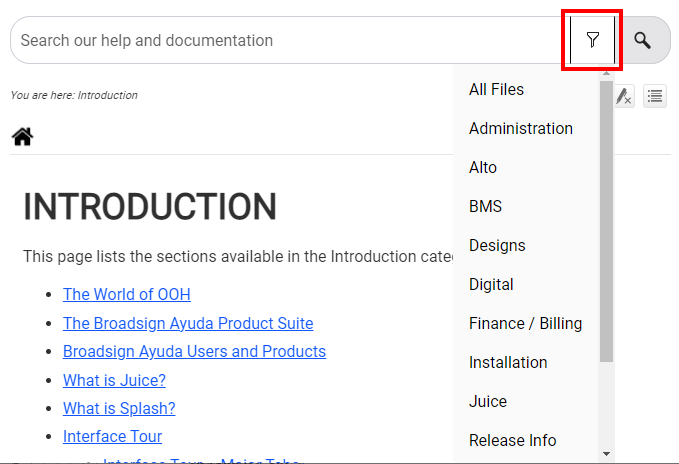Some of the default terminology in Broadsign Ayuda may differ from your company’s.
Site refers to the location where the advertising is located. A typical example might be the civic address of a building with a billboard. If it had two sides there would be two faces. Faces might be called units at your company.
Packs are groups of faces. Packs may be breakable or unbreakable.
Note: It is not required that faces be in packs. Therefore, searching for avails or inventory in packs may not show users all of the faces that are available.
Segments are a grouping of ads that have a sales market, a purchase type, and a start and end date. Your firm may use nomenclature such as flight or line contract item.
Booking and scheduling do not refer to the same thing. A booking is the reservation of a face. The scheduling is when the ad is to be displayed.
Designs are what is to be shown. For static ads, the actual printed matter to be posted is traditionally called copy.
Spots are repeated in loops. Digital signs often have zones, such as top and bottom. These have independently functioning loops. The time slices for digital ads such as morning and afternoon rush hour, are called dayparts.
Sales Markets are groups of geographic areas. These reflect the sales and marketing strategies of each Broadsign Ayuda customer, and how they divide and report on their sales territories. For example:
|
|
|
|
|
|
Note: Contact Offices are linked to Sales Markets.


